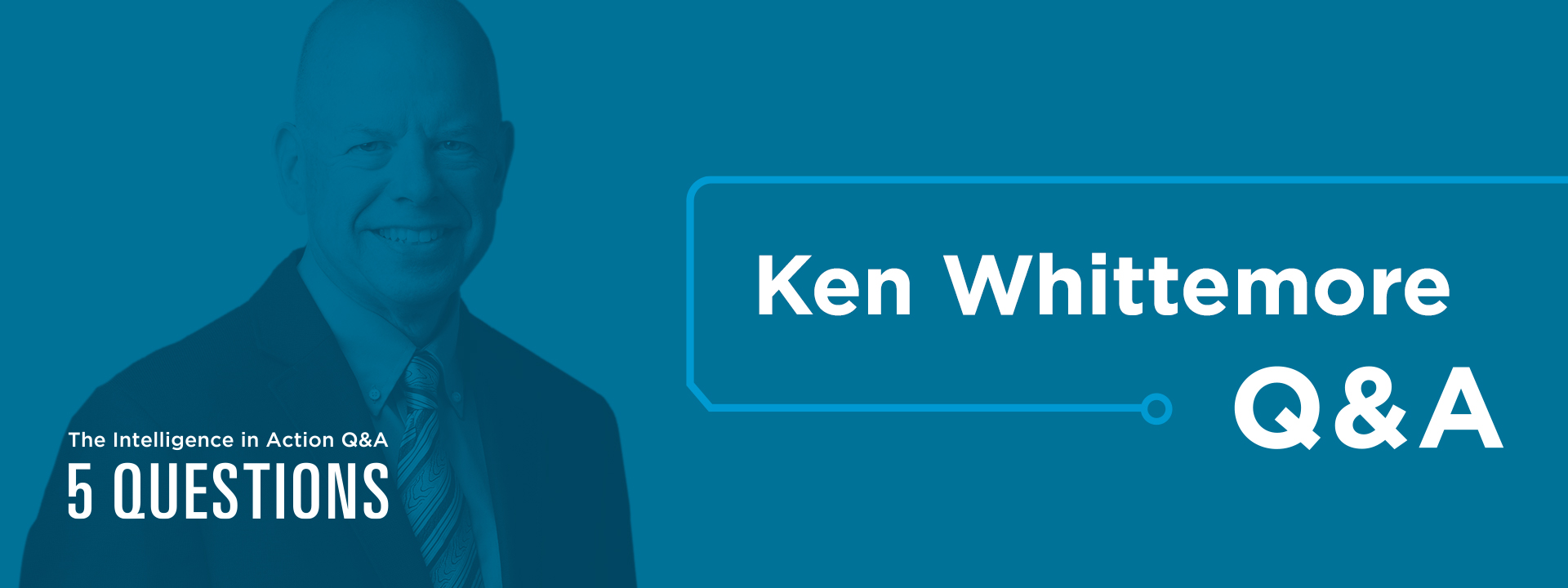Fraud and abuse are prevalent in the world of prescription painkillers. In 2017, a total of 61,311 people died from drug overdoses – with an estimated 40% from prescription opioid medicine. This is 61,311 too many. Opioid diversion is a significant cause of opioid misuse, with between 3% and 9% of diverted drugs tied to fraud or forgery of paper prescriptions.
Every day 91 Americans die from an opioid-related overdose.
That’s why healthcare technology such as electronic prescribing of controlled substances (EPCS) is so timely — and why legislation that requires e-prescribing is so crucial. EPCS eliminates paper prescriptions, which can be stolen, forged or altered, and gives prescribers electronic access to a patient’s prescription history to help identify potential overuse or abuse as well as the benefit of clinical decision support tools.
However, while it can and is having a real impact on combating the opioid epidemic, prescriber adoption is still lagging. Today, just 41% of prescribers are enabled for EPCS nationwide, compared with nearly 96% of pharmacies. Further, in 2018, 96 percent of non-controlled substances were prescribed electronically, compared to just 31 percent of controlled substances.
That’s about to change for prescribers in Arizona, Iowa, North Carolina, Oklahoma, and Rhode Island. Come January 1, 2020, these states will require some form of e-prescribing.
.jpg)
Integrating EPCS within a prescriber’s EHR offers new levels of safety and security for controlled substance prescriptions. But it also results in enhanced security, privacy and prescribing flexibility, along with improved workflow efficiency.
The CDC reports that $55 billion in health and social costs are spent annually in this country on prescription opioid abuse.
Prescribers may be wondering how to get up and running with EPCS. It’s actually pretty simple. Here are a few required steps:
- Get Certified: Prescribers must use EHR software that is certified and approved for EPCS.
- Complete an ID Proofing Process: Prescribers must prove they’re authorized to prescribe controlled substances and that they’ve been assigned the proper credentials.
- Enable Two-Factor Authentication: Prescribers must use two-factor authentication when signing an EPCS prescription. Options include mobile phones, smart cards, fob tokens, USB thumb drives, and biometrics like fingerprint scanners.
- Set Secure Software Access Controls: A prescriber’s practice, health system or clinic must put a two-factor authentication process in place and give EPCS permissions to approved prescribers.
At the end of the day, wouldn’t you rather focus on helping people feel better, rather than policing opioid abuse and misuse? If you haven’t already done so, now is the time to implement EPCS. Visit www.GetEPCS.com for more information.


 Dean Riggott Photography
Surescripts
Dean Riggott Photography
Surescripts

.jpg)





